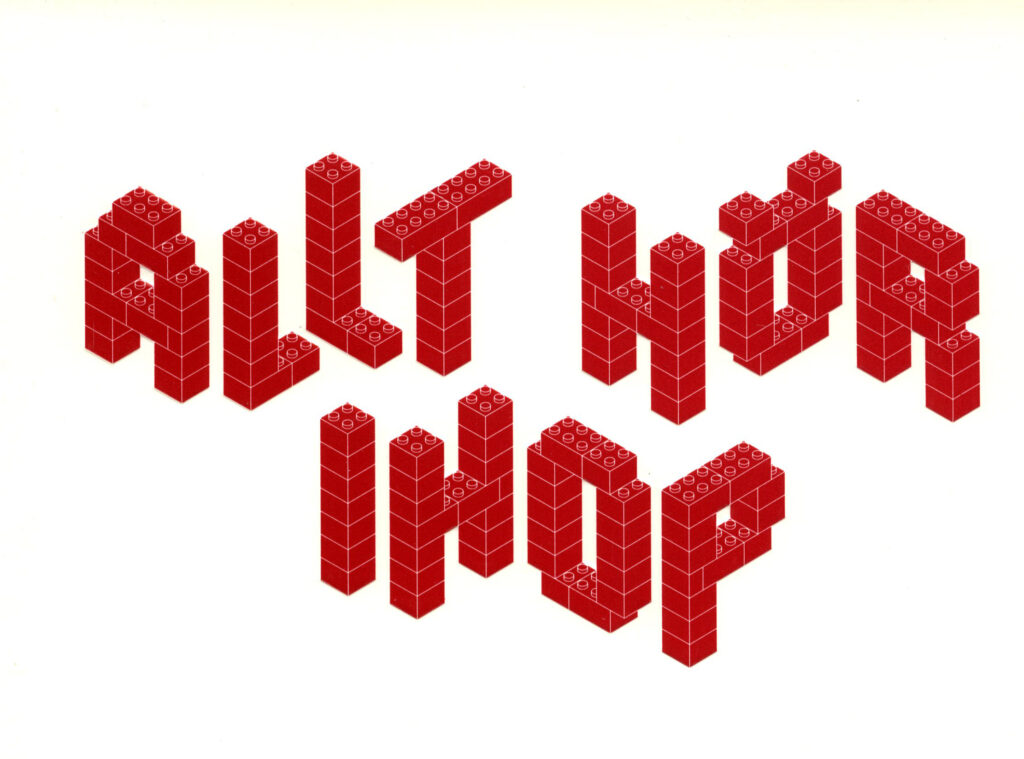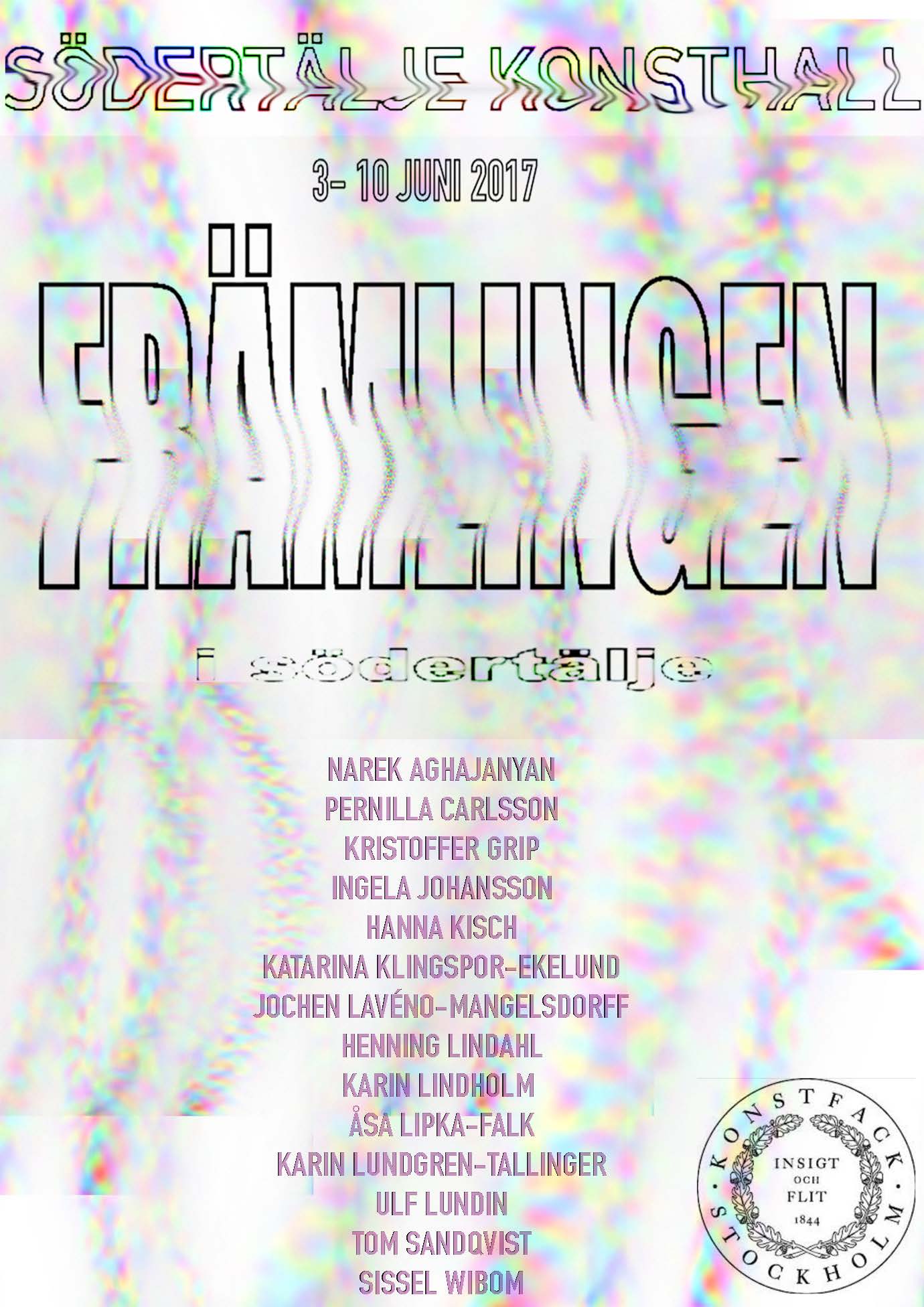


Who is “the other”? How should we be able to shape the relationship between “we” and “them”? How do we meet the stranger? Who is the stranger? Who are you and me? How are our identities formed? How can we portray “the other”?
Actually, Främlingen in Södertälje, The stranger in Södertälje, is not an exhibition in the accepted sense, but the final report for a continuing education course at Konstfack in Stockholm for a dozen professionals in art, culture and design that has taken place throughout the academic year 2016-2017. In fact, Främlingen in Södertälje is also a completely new and substantially processed version of the corresponding course that was held at Konstfack during the academic year 2014-2015 and which was presented at Färgfabriken in Stockholm in June 2015.
In Södertälje konsthall, in addition to painting and photography, installations and video works are also displayed. The report also includes a catalog designed by the course participants with the artists’ own texts, reflections and contributions.
The course has been a broad interdisciplinary and ideologically grounded review of central methodological understanding models in artistic research with the aim of providing and at the same time problematizing these models in a contemporary perspective with emphasis on the concept of “stranger”. Particular emphasis has been placed on theories concerning the concept of identity, gender and postcolonial theory formation. In addition, the various theoretical approaches have been embodied in practical artistic work on the basis of regular conversations and group discussions, which are then implemented in one’s own artistic work.
The course was arranged in the form of lectures / seminars, in which the stranger has been discussed from various aspects based on the French linguist and psychoanalyst Julia Kristeva’s book Strangers for ourselves, which was published in Swedish translation in 1991. Kristeva, a Bulgarian immigrant in France, writes, among other things. about how Western society has treated strangers throughout history. Another starting point has been the home as both concept and experience from Selma Lagerlöf and Zacharias Topelius to Martin Heidegger and Gaston Bachelard – the constellation “we” versus “them”. In addition, the course has discussed the creation of the Swedish folk home, the emergence of racial biology, the ugly, the body’s cultural history, Nazi aesthetics, postcolonial theory formation, globalization, feminism and the concept of queer. The course ended with reflections on the Europe that was “forgotten” in the Western European discourse, that is, above all the Central and Eastern European modernism.
The course coordinator has been Professor Tom Sandqvist.
The exhibition shows works by: Narek Aghajanyan, Pernilla Carlsson, Kristoffer Grip, Ingela Johansson, Hanna Kisch, Katarina Klingspor Ekelund, Jochen Lavéno Mangelsdorff, Henning Lindahl, Karin Lindholm, Åsa Lipka Falck, Karin Lundgren-Tallinger, Ulf Lundin, Tom Sandqvist and Sissel Wibom.